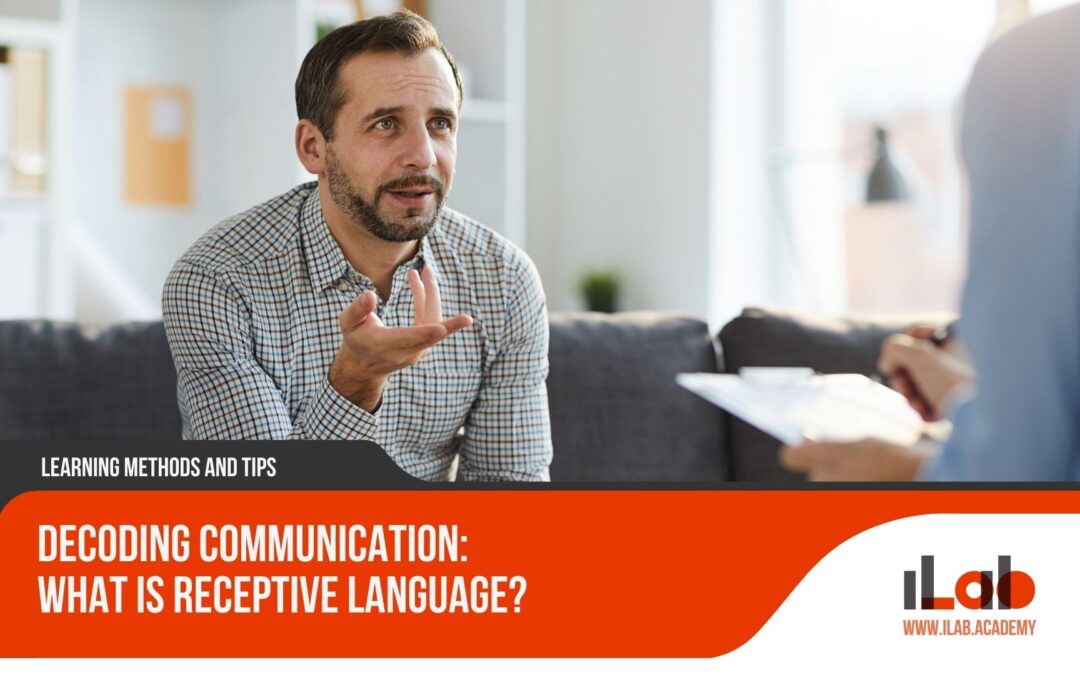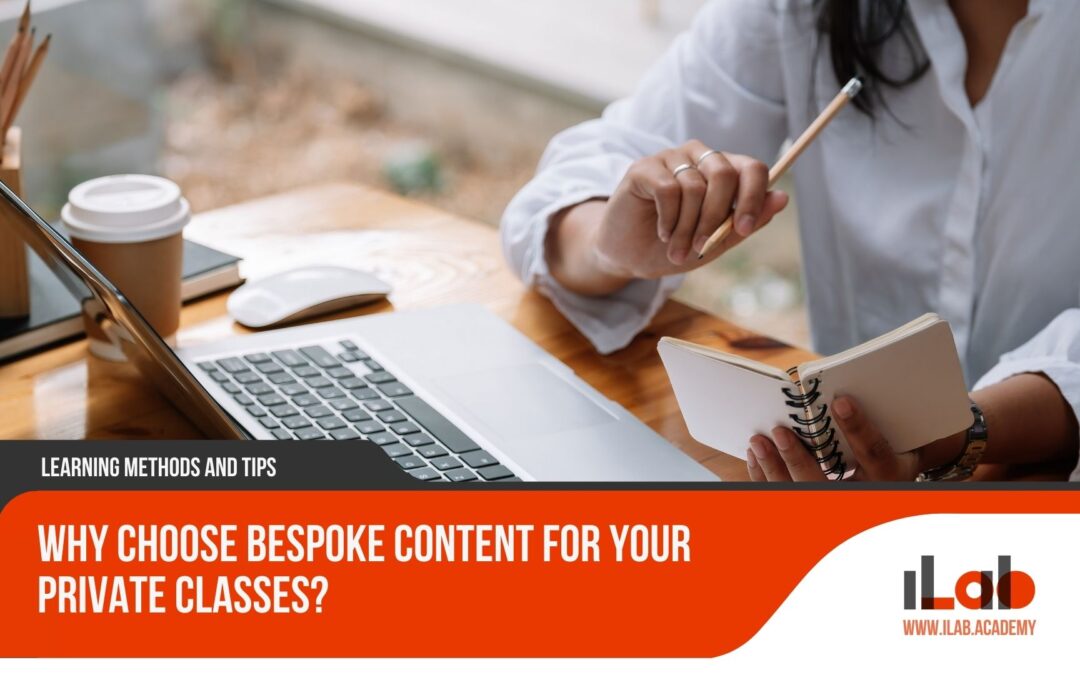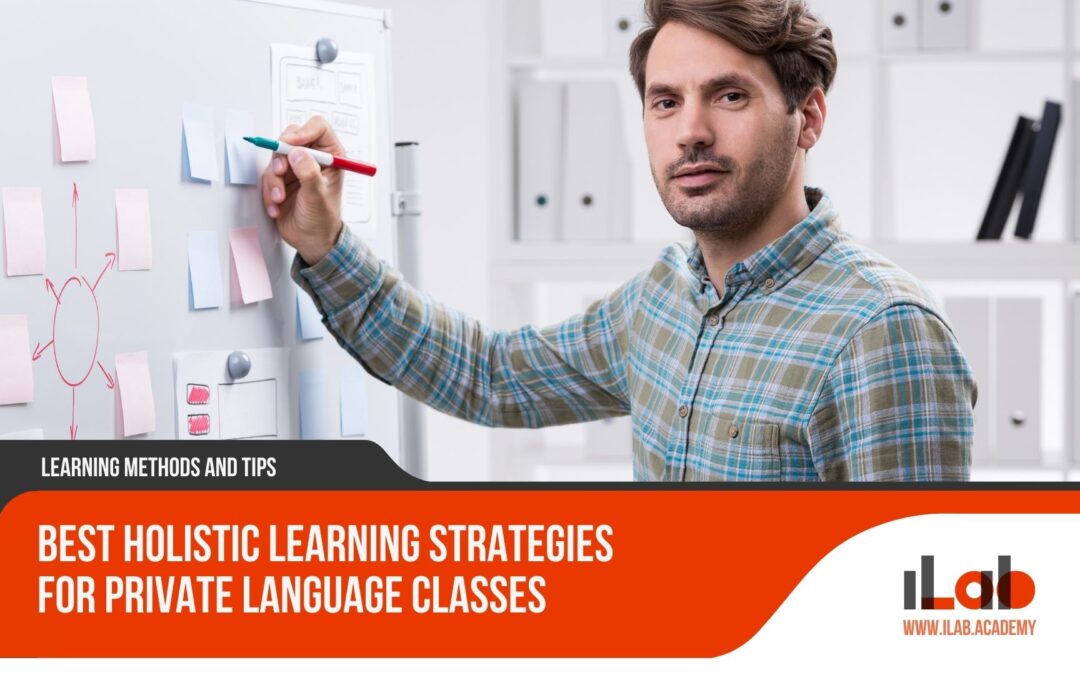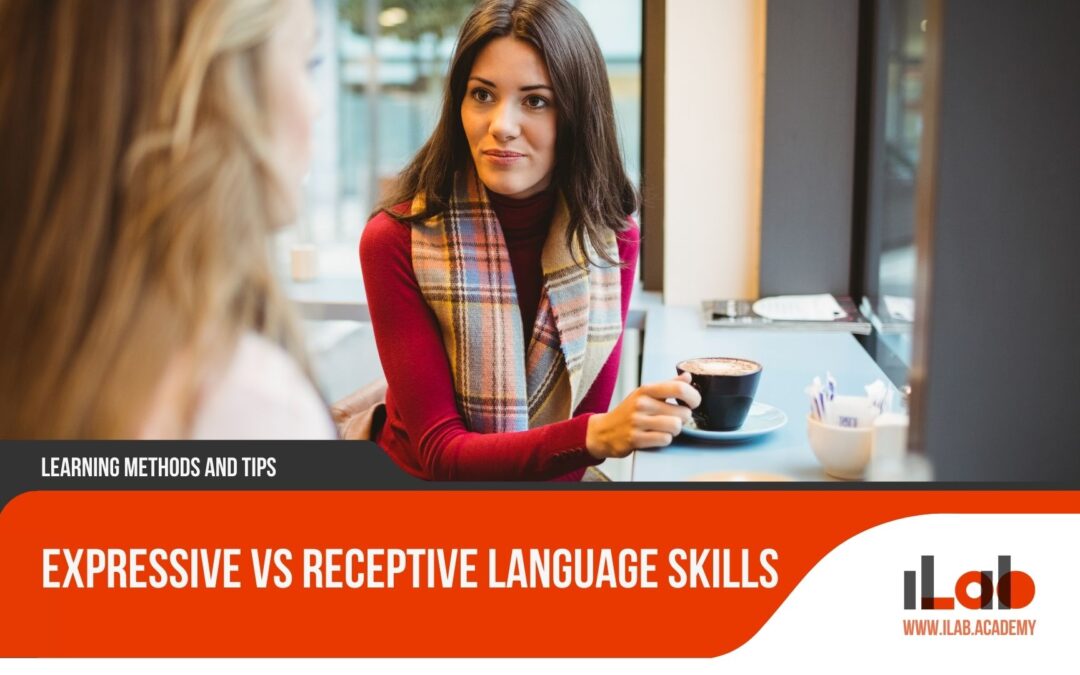Table of contents
Language arts proficiency is an essential pillar of education, underpinning the way individuals communicate, interpret, and engage with the world. Literature, in its myriad forms, acts as a catalyst for enriching these proficiencies, offering a conduit through which learners can immerse themselves in diverse linguistic environments. The nuanced narratives, complex characters, and varied stylistic devices found within literary texts provide a fertile ground for cultivating advanced language skills. As educators and language enthusiasts, we recognize the potential that literature has in shaping a learner’s command of language, from expanding vocabulary to honing analytical abilities. Yet, the precise methodologies by which literature can be systematically incorporated into language arts curricula to maximize learning outcomes remain a subject of considerable discourse. It is within this context that we must consider the pedagogical strategies that can unlock the vast educational potential literature holds, contemplating the myriad ways in which it can be harnessed to not only inform but also transform students’ linguistic capabilities.
Key Takeaways
- Learning language arts through literature provides a holistic and engaging approach that enriches learners’ command of language.
- Literature and language learning are interconnected, with literature providing a meaningful context for language acquisition and enhancing vocabulary, comprehension, critical thinking, and expression.
- Different literary genres contribute uniquely to language learning by developing specific language skills, such as poetic devices in poetry or narrative structure in fiction.
- Literature can enhance reading comprehension through rich narratives and complex character development, as well as cultivate writing skills by showcasing diverse writing styles and techniques that learners can emulate and analyze.
The Interconnection of Literature and Language Learning
The symbiotic relationship between literature and language learning is fundamental, as engaging with high-quality literary works significantly bolsters vocabulary, comprehension, critical thinking, and expressive skills. This interconnection leverages the inherent richness of literature to provide a meaningful and contextually rich environment for the acquisition and mastery of language. Through the vicarious experiences offered by stories, poems, and plays, learners absorb new words and phrases, encounter diverse sentence structures, and are exposed to a variety of writing styles and genres.
High-quality literary works serve as excellent resources that not only introduce learners to complex language constructs but also challenge them to think deeply about the themes and messages embedded within texts. This engagement with literature encourages learners to expand their lexicon, refine their understanding of language nuances, and develop the ability to interpret and analyze texts at a higher level. As a result, learners are equipped with the tools necessary for sophisticated expression and are better prepared to articulate their thoughts and ideas effectively.
Moreover, literature invites readers into the minds and emotions of characters, prompting them to empathize and reflect on human experiences. This immersion into different perspectives enhances critical thinking, as learners must consider context, motivation, and consequence when engaging with texts. These cognitive activities reinforce language skills, fostering an environment where language learning is not an abstract practice but a dynamic process enriched by the emotional and intellectual resonance of literature. Consequently, the interplay between literature and language learning is not merely additive but transformative, enabling learners to grasp the full potential of language as a means of communication, reflection, and understanding.
Literary Genres as Learning Avenues
Exploring various literary genres, such as poetry, fiction, drama, and non-fiction, opens up diverse pathways for enhancing language acquisition and proficiency. Each genre offers unique opportunities for learners to engage with language in different contexts, deepening their understanding and expanding their linguistic capabilities. Literature not only serves as a vehicle for language exposure but also as a means to explore cultural expressions and human experiences.
Literary Genres and Language Skills:
Poetry:
- Introduces learners to the beauty of rhythm, rhyme, and meter.
- Develops an appreciation for figurative language and imagery.
Fiction:
- Enhances narrative comprehension and the ability to follow complex plots.
- Encourages exploration of character development and dialogue.
Drama:
- Fosters understanding of dramatic structure and stage directions.
- Encourages performance skills, which strengthen spoken language.
Non-Fiction:
- Provides factual information, improving informational reading skills.
- Develops critical thinking through analysis of arguments and evidence.
Through engagement with these genres, students can acquire and reinforce critical language arts skills. Poetry can sharpen sensitivity to nuance and sound, enriching vocabulary and encouraging creative expression. Fiction, with its varied narrative styles, can improve reading comprehension and inspire imaginative writing. Drama requires an understanding of dialogue and action, enhancing speaking and listening skills through performance and interpretation. Non-Fiction, on the other hand, strengthens the ability to discern and discuss factual content, bolstering argumentative and expository writing.
Incorporating a variety of literary genres into language arts education not only broadens the scope of learning but also caters to different learning styles and interests. This multifaceted approach ensures a more comprehensive understanding of language and its artistic applications.
Developing Reading Comprehension through Literature
Literature, with its intricate plots and layered character portrayals, offers a dynamic platform for enhancing readers’ comprehension abilities. Delving into the world of literature opens up avenues for students to encounter diverse narratives that challenge and extend their understanding. As readers navigate through complex texts, they engage with elements such as plot, theme, setting, and characterization, which are crucial for building interpretive skills.
To develop reading comprehension through literature, educators can employ various strategies. One effective approach is guiding students to identify and analyze the main plot points of a story, which helps in understanding the sequence of events and the cause-and-effect relationships within the narrative. Discussing themes enables readers to connect the story to broader concepts and societal issues, fostering deeper comprehension and critical thinking.
Setting exploration is another significant aspect. Educators can encourage students to visualize and contextualize the environment in which the story unfolds, enhancing their ability to infer and appreciate the text’s nuances. Characterization study involves examining characters’ motivations, relationships, and development throughout the story. This not only contributes to comprehension but also to empathy and emotional intelligence as readers contemplate the perspectives and experiences of others.
Cultivating Writing Skills via Literary Models
Building on the foundation of reading comprehension developed through literature, students can also enhance their writing skills by studying and emulating the varied styles and techniques found in literary works. The multifaceted nature of literature allows learners to analyze and practice different writing approaches, thereby refining their own writing abilities. By dissecting the methods used by accomplished authors, students can develop a toolkit of writing strategies that can be applied to their own work.
Using literary models to cultivate writing skills involves a range of activities:
Analysis of Writing Techniques
- Examining narrative voice and perspective to understand how these shape a story.
- Identifying literary devices such as metaphor, simile, and imagery to enrich descriptive writing.
Emulation and Practice
- Crafting stories or essays that mimic the style of a particular author or genre.
- Experimenting with various sentence structures and vocabulary choices observed in literature.
Through these exercises, students not only gain insight into how writers construct their prose but also learn how to express their ideas more effectively. The process of imitating literary models serves as a bridge to developing a unique writing voice, encouraging students to move from emulation to innovation.
Educators can facilitate this growth by selecting diverse and exemplary literary works that offer rich opportunities for analysis and imitation. As students engage with these texts, they build a repertoire of writing skills that will serve them across different contexts, from academic assignments to personal expression. Ultimately, the study of literature as a model becomes an integral part of a student’s journey to becoming a proficient and confident writer.
Enhancing Language Skills through Literary Discussion
Delving into the world of literary texts, students can significantly bolster their speaking and listening abilities through structured discussions and critical analysis. Engaging with literature in an interactive setting allows for the exploration of various themes, characters, and plots, which in turn fosters a deeper understanding and appreciation of the text. These discussions provide students with a platform to articulate their thoughts coherently, respond to differing viewpoints, and refine their language skills in a real-world context.
Discussions based on literary texts serve as a catalyst for enhancing language proficiency. As students debate and present their interpretations of literature, they must utilize clear communication, persuasive arguments, and attentive listening. This exchange of ideas not only hones their speaking and listening abilities but also encourages critical thinking and the ability to engage with others’ perspectives in a respectful and thoughtful manner.
The process of dissecting a literary work in a group setting requires students to express their ideas succinctly and persuasively, thereby improving their overall language abilities. It also gives them the opportunity to listen actively to their peers, understand diverse interpretations, and constructively build upon or challenge those ideas. These skills are essential not only within the framework of language arts education but also for effective communication in their future academic and professional lives.
Literature Across Cultures and Perspectives
While literary discussions enhance communication skills, exploring multicultural literature broadens learners’ horizons, fostering an appreciation for diverse cultural narratives and viewpoints. This engagement with literature across various societies and historical contexts serves not only to educate but to build bridges of empathy and understanding. By delving into stories from different parts of the world, students gain insight into the human condition as experienced by others, thus enriching their own perspectives.
The inclusion of multicultural literature in language arts is crucial for developing global awareness and inclusivity among learners. It allows them to confront and consider life’s complexities through the lens of varied experiences, encouraging a more nuanced view of the world.
- To effectively incorporate literature from different cultures into language arts, educators can:
- Choose texts that represent a spectrum of experiences and voices, ensuring that students see both their own realities reflected and those that are less familiar.
- Facilitate discussions that encourage critical thinking about societal norms, historical events, and personal identities as depicted in literary works.
- The benefits of engaging with diverse perspectives through literature include:
- Enabling students to cultivate empathy by understanding characters’ struggles, joys, and journeys that may be vastly different from their own.
- Preparing learners to participate in a globalized world where cross-cultural communication and collaboration are increasingly important.
The Role of Literature in Media Literacy
In an age where narratives transcend the pages of books to emerge on screens both big and small, literature’s role in fostering media literacy has become an invaluable aspect of language arts education. The analysis of literary adaptations is not only a dynamic way of engaging with texts but also provides a critical framework for understanding the interplay between story, audience, and the chosen medium.
Through such analysis, students learn to discern the intentions behind various adaptations, whether it’s a faithful reproduction or a reimagined version meant to resonate with contemporary audiences. This process illuminates how storytelling evolves and adapts to different formats while maintaining core themes and messages.
The table below highlights key aspects of media literacy enhanced by literature:
| Literary Adaptation | Media Literacy Skill | Educational Benefit |
|---|---|---|
| Novel to Film | Visual Literacy | Understanding how visual elements convey narrative and emotional subtleties. |
| Play to TV Series | Analytical Thinking | Analyzing how pacing and character development are adapted for episodic storytelling. |
| Short Story to Podcast | Critical Listening | Recognizing the impact of voice, tone, and soundscaping in storytelling. |
| Graphic Novel Adaptations | Multimodal Literacy | Interpreting the interplay of text and imagery to create a cohesive narrative. |
Assessing Language Arts Progress through Literature
Building on the understanding of literature’s impact on media literacy, it becomes essential to explore how educators can effectively measure student progress in language arts through their interaction with literary texts. Literature offers a diverse array of content and skills for assessment, extending beyond simple recall of facts to more sophisticated analysis and creative expression. Assessing students’ language arts progress through literature can be multifaceted, incorporating both traditional and innovative approaches.
Assessment Techniques in Literature-Based Language Arts
Formal Essays and Written Analysis
- Evaluate critical thinking and the ability to argue a point coherently.
- Analyze understanding of literary elements such as theme, character, and plot.
Creative Projects and Responses
- Assess interpretive abilities and creative thinking.
- Allow students to demonstrate understanding through various mediums (e.g., art, performance, digital media).
The assessment of language arts through literature should not be limited to written tests but can include a variety of formats that reflect the multidimensional nature of literature itself. Formal essays might test a student’s ability to dissect a text and articulate an argument effectively, while creative projects afford students the opportunity to engage with the text on a personal level, demonstrating their interpretive skills through their chosen medium.
Educators can use these assessments to gauge a student’s proficiency in the core areas of reading, writing, speaking, listening, and viewing. By engaging with literature, students develop a rich understanding of language and its nuances, enabling them to express complex ideas and emotions effectively. Thus, the assessment of progress in language arts through literature becomes a comprehensive measure of a learner’s growing capability in both understanding and using language to communicate effectively.
Resources for Learning Language Arts Through Literature
To effectively navigate the vast landscape of literature-based language arts education, a curated selection of resources tailored to various developmental stages and proficiencies proves invaluable. These resources not only enhance the learning experience but also provide educators and students with structured pathways to mastering the intricate components of language arts.
For younger readers and those beginning their journey into language arts, picture books such as “Where the Wild Things Are” by Maurice Sendak and “Charlotte’s Web” by E.B. White offer a foundation in narrative structure and character development. Anthologies like “A Child’s Anthology of Poetry,” edited by Elizabeth Hauge Sword, can introduce students to the rhythm and themes of poetry in an accessible manner.
Middle-grade students may benefit from the complex characters and themes found in novels like “Wonder” by R.J. Palacio and “The Giver” by Lois Lowry, which prompt critical thinking and discussion. Websites such as ReadWriteThink provide lesson plans and interactive tools that align with literature to develop writing and analytical skills.
High school learners can delve deeper into literary analysis and critical writing with classics like “To Kill a Mockingbird” by Harper Lee and “1984” by George Orwell. Online resources like Purdue OWL offer guidance on writing and research techniques, while resources like SparkNotes and Shmoop give students a deeper understanding of literary elements.
For educators, professional development books such as “The Book Whisperer” by Donalyn Miller and “Literature as Exploration” by Louise M. Rosenblatt provide insights into fostering a love for reading and incorporating literature into language arts curricula.
Frequently Asked Questions
How Does Literature Influence the Development of Emotional Intelligence in the Context of Language Arts?
Literature profoundly impacts emotional intelligence by providing insight into diverse human experiences and emotions. As readers engage with complex characters and narratives, they develop empathy and self-awareness, key components of emotional intelligence. This immersive experience in literature facilitates a deeper understanding of oneself and others, which is essential for effective communication and interpersonal relationships, integral to language arts.
Can the Study of Literature Contribute to Improvements in Public Speaking and Formal Presentation Skills?
The study of literature can indeed enhance public speaking and presentation skills. By engaging with diverse narratives and character dialogues, individuals learn to appreciate language nuances and storytelling techniques. This exposure helps in articulating ideas clearly and confidently during public discourse. Furthermore, analyzing literary works develops critical thinking, which is crucial for structuring coherent arguments and delivering persuasive speeches, thereby refining formal presentation abilities.
How Does Incorporating Literature Into Language Arts Impact the Motivation and Engagement Levels of Students With Learning Differences?
Incorporating literature into language arts instruction can significantly elevate student motivation and engagement, especially for those with learning differences. Engaging narratives and diverse characters offer relatable content that can spark interest and encourage deeper involvement in the learning process. This personalized approach can help students connect with the material, fostering a more inclusive and effective educational environment that accommodates various learning styles and needs.
What Role Does Literature Play in the Development of Critical Thinking and Problem-Solving Skills Outside of Traditional Language Arts Outcomes?
Literature’s role extends beyond language arts, fostering critical thinking and problem-solving skills. Engaging with complex narratives and diverse character perspectives challenges readers to analyze, infer, and synthesize information, which are fundamental to these skills. Literary analysis demands the critique of arguments and the assessment of evidence, practices transferable to various real-world scenarios, thus equipping individuals with robust, adaptable cognitive tools for diverse problem-solving contexts.
How Can Literature Be Used to Support Language Arts Instruction in a Multilingual or ESL (English as a Second Language) Classroom Setting?
In multilingual or ESL classrooms, literature serves as a dynamic vehicle for language instruction by providing authentic, rich contexts for vocabulary acquisition and grammar practice. It exposes students to diverse linguistic structures and cultural narratives, thereby enhancing comprehension and communication skills. Teachers can leverage literary texts to create immersive, relatable experiences that foster language proficiency, while also addressing students’ varied linguistic backgrounds and learning needs.
Conclusion
In conclusion, literature stands as a cornerstone in the realm of language arts, offering a multifaceted approach to fostering proficiency. The strategic integration of literary works within educational frameworks reinforces reading, writing, speaking, and critical thinking skills. Through exposure to diverse genres, cultures, and perspectives, learners gain a robust understanding and appreciation of language. Furthermore, literature’s role in media literacy and assessment validates its significance in cultivating comprehensive communicative competence.














